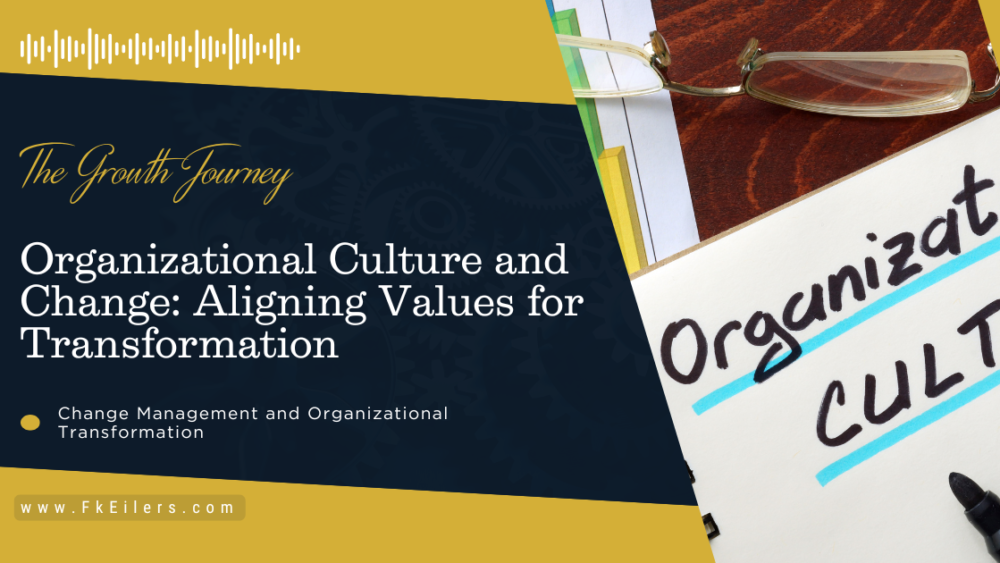Introduction
Organizational culture is the heart of any company: it defines how work is done, decisions are made, and challenges are faced. However, when it’s time to implement changes, that same culture can either be your greatest ally or your biggest obstacle.
Edgar H. Schein, in his book Organizational Culture and Leadership, argues that culture is not static; it can be shaped to facilitate transformation. In this article, we’ll explore how organizational culture impacts change processes and share practical strategies to align them, ensuring a smooth transition.
The Role of Organizational Culture in Change
Organizational culture acts as an unwritten operating system guiding behaviors and values within a company. During change processes, it can:
- Facilitate change: An open and adaptable culture fosters innovation and flexibility.
- Create resistance: Rigid or traditional cultures can block transformative initiatives.
Practical Example:
In a tech company, a culture of experimentation helped implement new digital tools without friction. Conversely, a manufacturing firm with hierarchical structures faced significant resistance to the same changes.
How to Shape Culture to Facilitate Change
Leadership is essential to aligning culture with transformation goals. Key strategies include:
1. Identify Key Values and Beliefs
According to Edgar Schein, leaders should analyze visible “artifacts” (rituals, norms) and the underlying assumptions that define the current culture.
2. Communicate the Vision for Change
Connecting transformation goals to shared values is critical to building commitment.
3. Reinforce Desired Behaviors
Implement incentives and recognition for actions aligned with the desired transformation.
4. Leverage Change Agents
Identify influential employees who can act as role models and promote the new culture.
Overcoming Cultural Resistance to Change
Resistance to change often reflects fear of the unknown. Leaders can mitigate it by:
- Encouraging open dialogue: Create safe spaces for employees to voice concerns.
- Involving teams: Actively engage employees in designing and executing the change.
- Celebrating small wins: Build trust in the process by recognizing concrete progress.
Success Stories: Companies That Aligned Culture and Change
- Microsoft under Satya Nadella: Transformed a rigid culture into one that is collaborative and focused on continuous learning.
- Starbucks and Sustainability: Redefined its values to integrate social responsibility as a core part of its identity.
Conclusion
Organizational culture is a powerful driver of change management. Understanding its influence and applying effective strategies to shape it can turn cultural challenges into opportunities for growth and innovation. As Edgar Schein stated:
“Leaders don’t just adapt culture; they create it.”





Comments are closed.